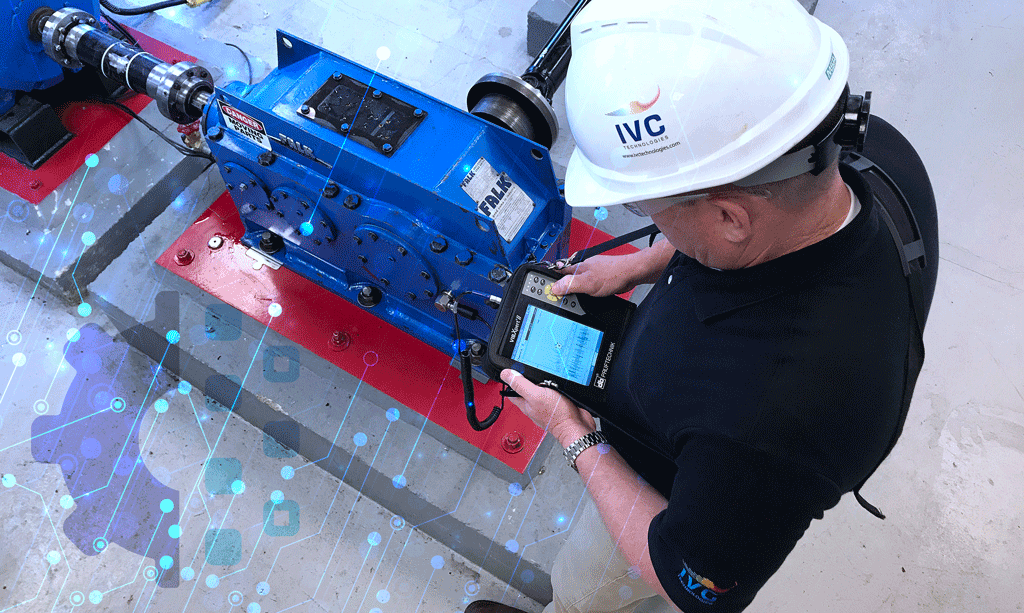
The methods used for predictive maintenance are always evolving as new innovations designed to make the equipment we use better, faster, and more efficient come on the market.
The good news is, incorporating an online predictive maintenance system doesn’t have to be an overwhelming or bank-breaking endeavor.
Historically speaking, IVC analysts have performed vibration analysis on machine assets by going to a client’s facility and physically interacting with critical assets using a portable data collection device. These devices provide the greatest amount of insight into the health of a machine.
However, there are situations when this traditional method of data collection is not possible (i.e. COVID-19 restrictions limiting personnel access) and/or would put the analyst taking data in a hazardous situation. In these situations, remote analysis using smart sensors provides an excellent and safe way to continue monitoring the health of critical assets without having to be onsite.
It’s important to note, that when compared to portable data collection devices, smart sensors operate at a significantly lower bandwidth and a higher noise floor. In addition, the application expertise that certified analysts bring to the table is extremely tough to displace with smart sensors.
Smart sensors should enhance the human element of a predictive maintenance program, not eliminate it.
That’s why we recommend a dual approach to predictive maintenance. First, use smart sensors and remote analysis to flag a potential machine issue. Then, when an issue is detected, our analyst can schedule a highly efficient and targeted on-site maintenance trip to the customer’s facility to get to the root cause of the problem.
As we continue to face the ramifications of this current crisis, we’re likely to see a rapid increase in the adoption of remote analysis and the technologies that make it possible, as this will be the key to being able to continue offering critical predictive maintenance service during this time of social distancing that could go on for some time.
Regrettably, a common misconception surrounding Industry 4.0 is that it is a push for things to shift to being all digital…all the time. This is just not the case. New technological advancements and methodologies play an important role in a multi-faceted, comprehensive approach to keeping manufacturing processes as efficient and malfunction-free as possible.
For more information on remote analysis and how best to implement it at your facility, contact us for a free assessment.
